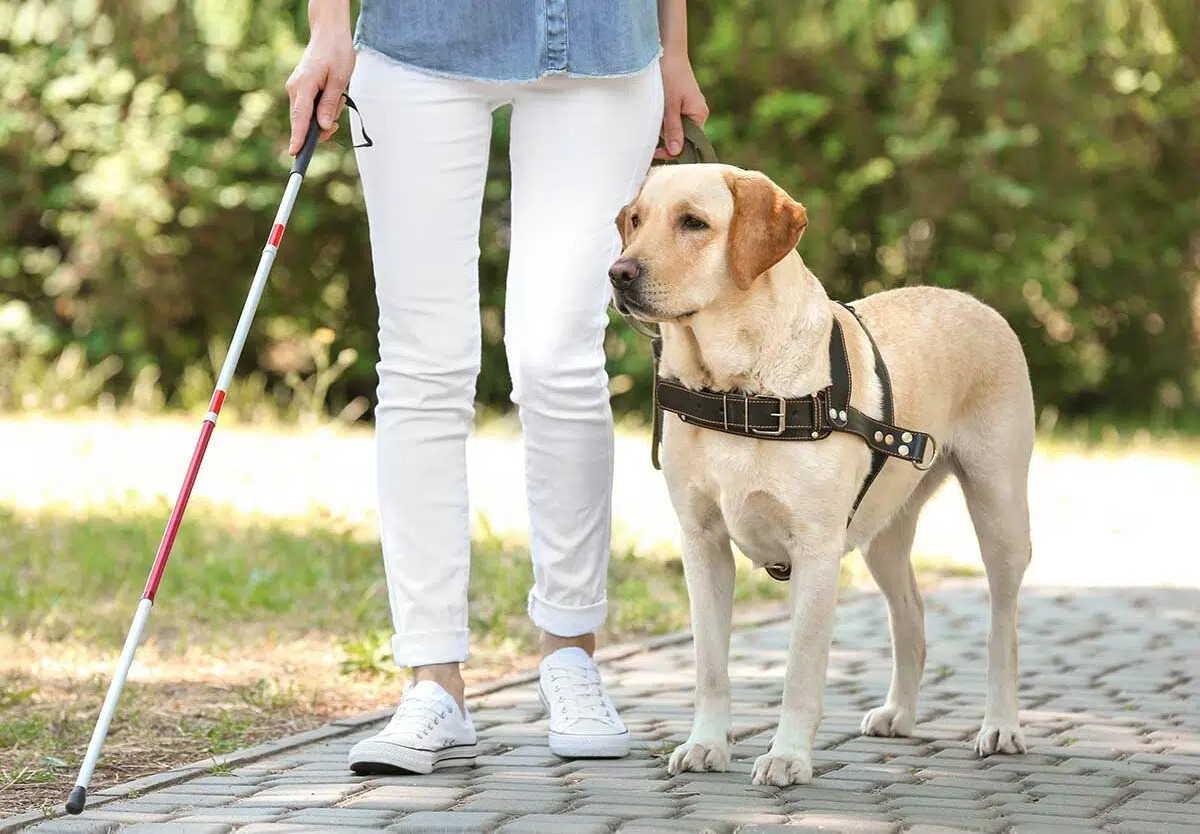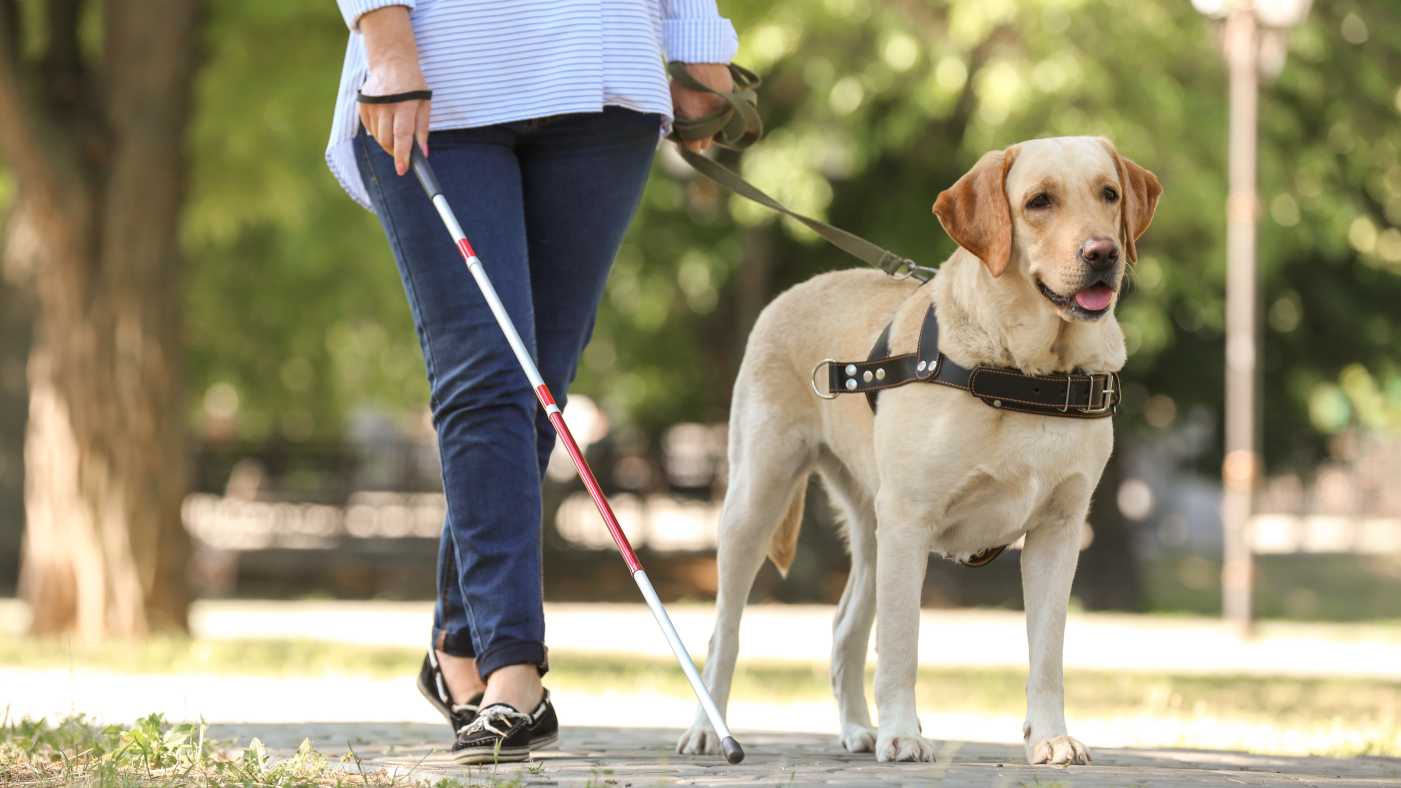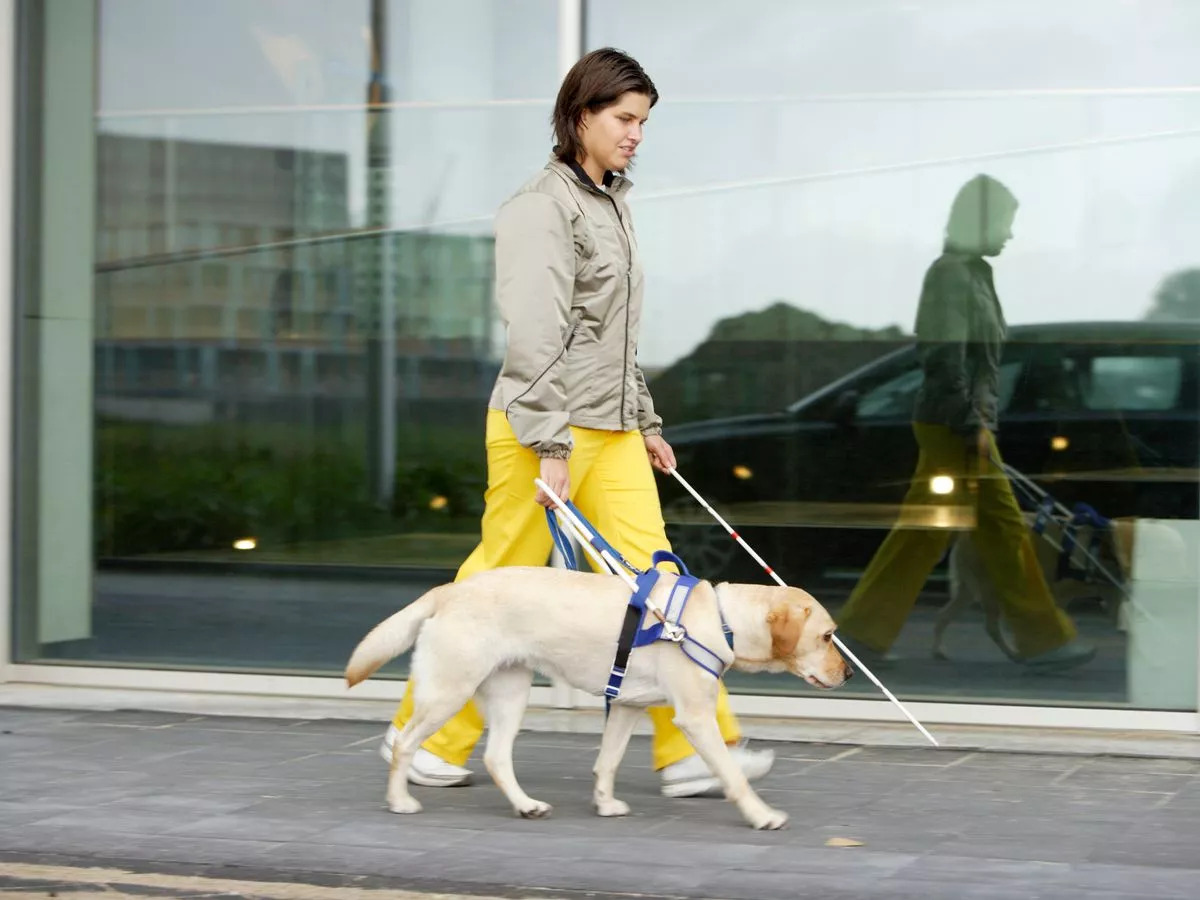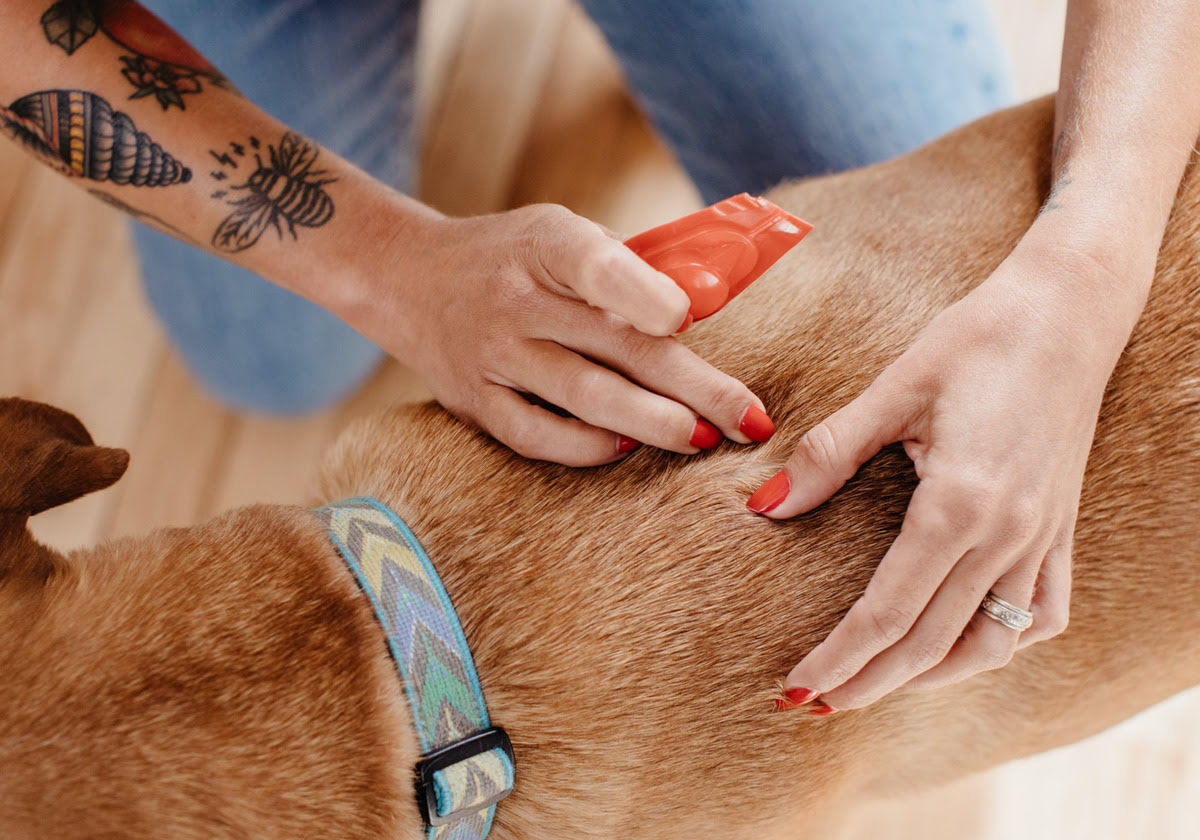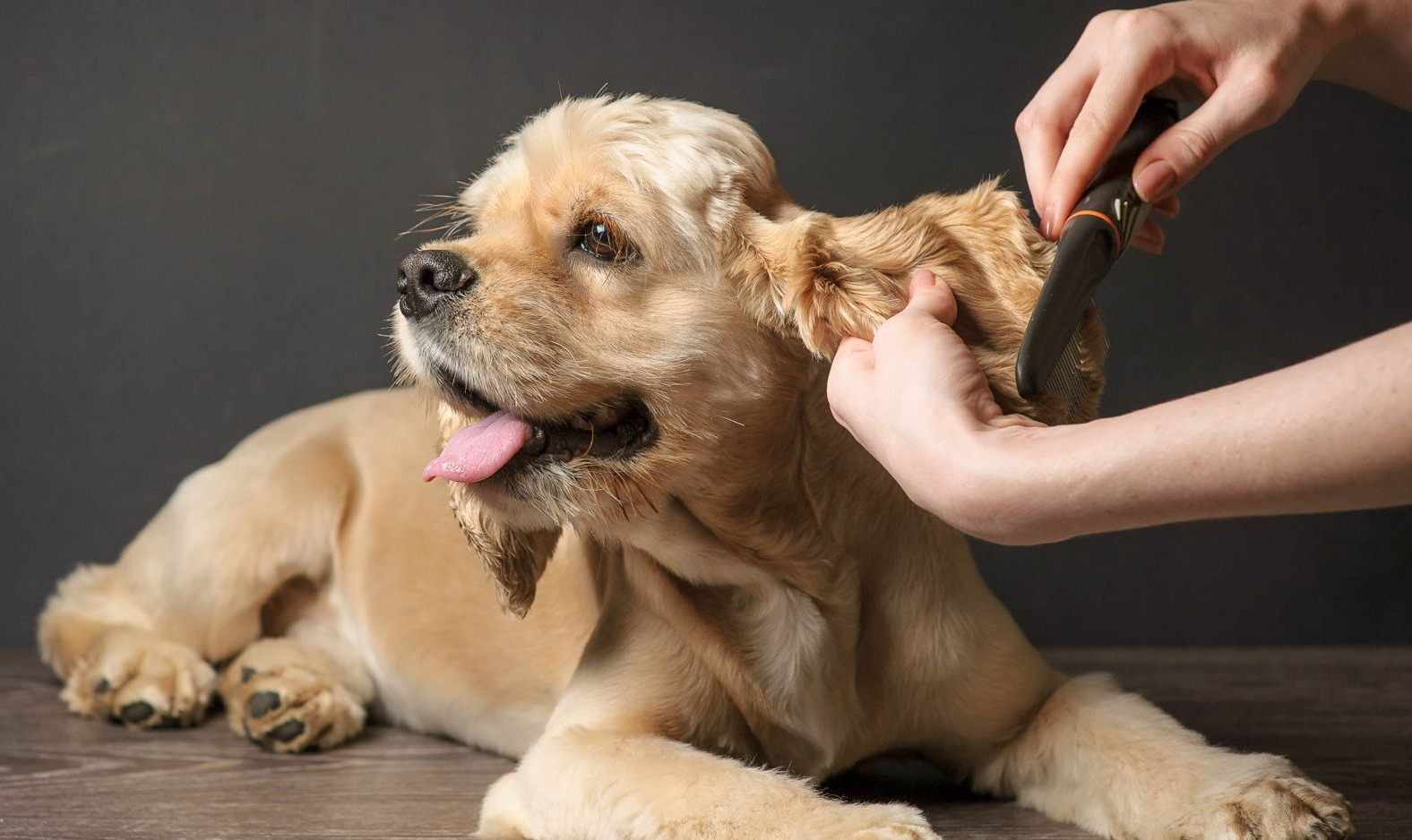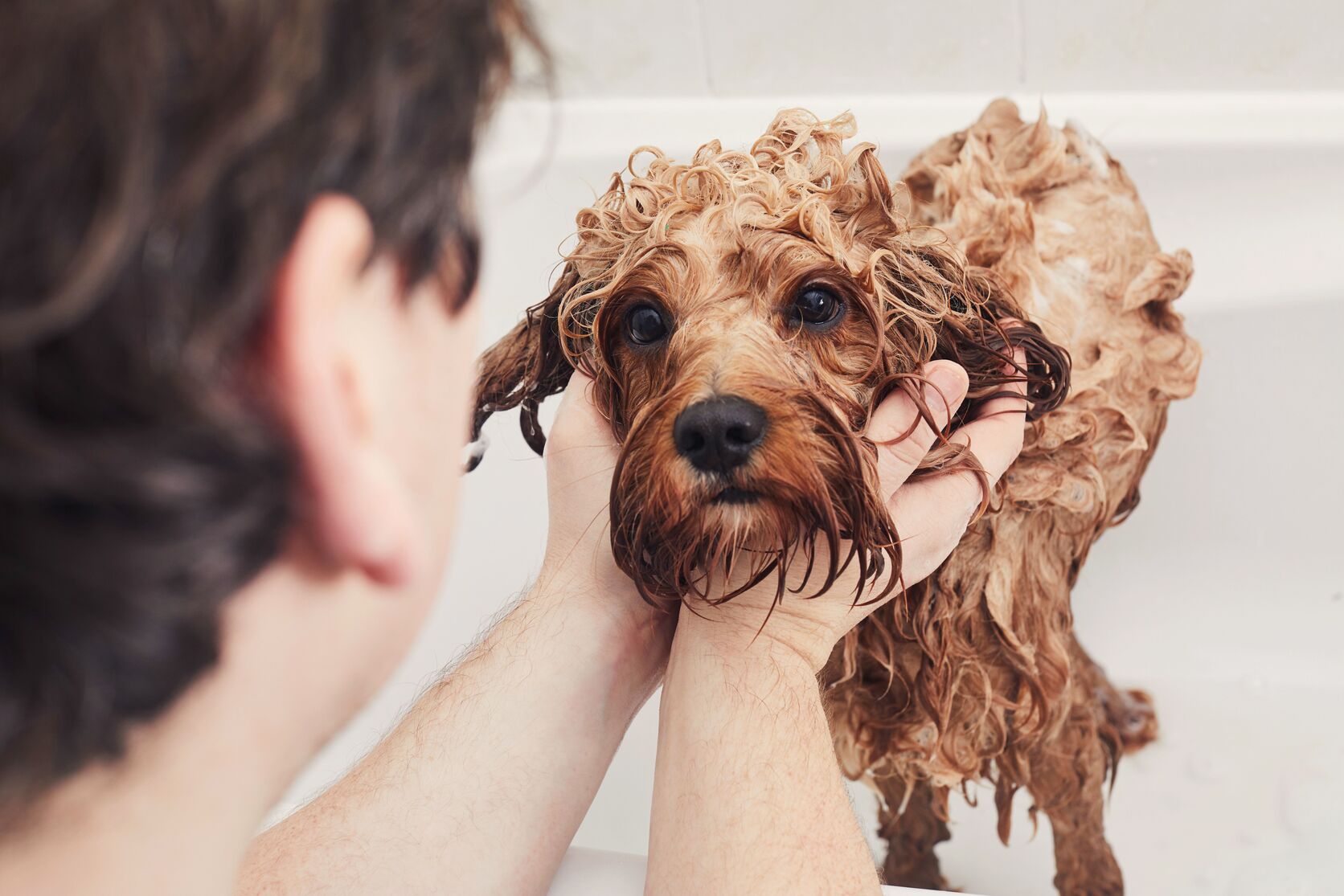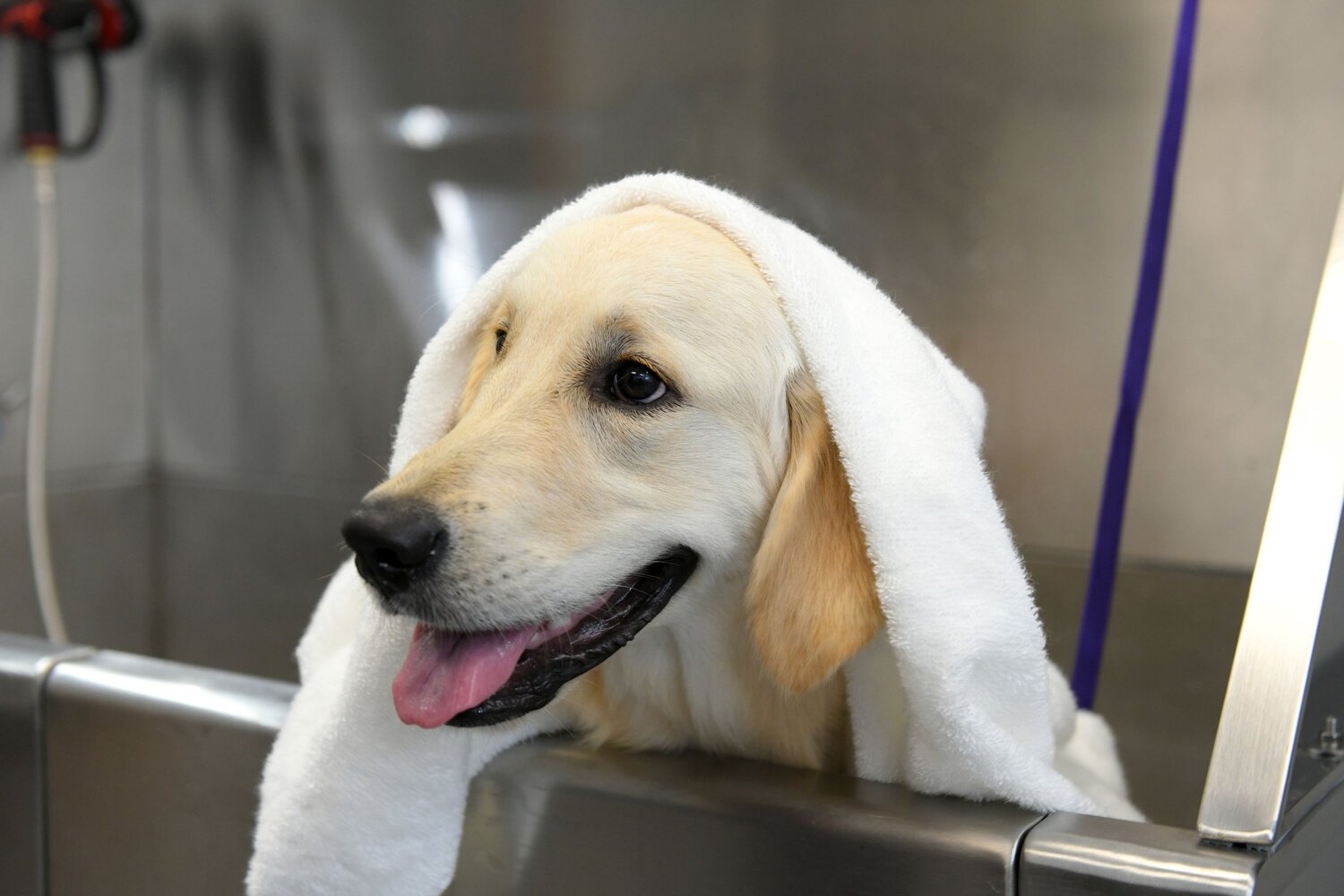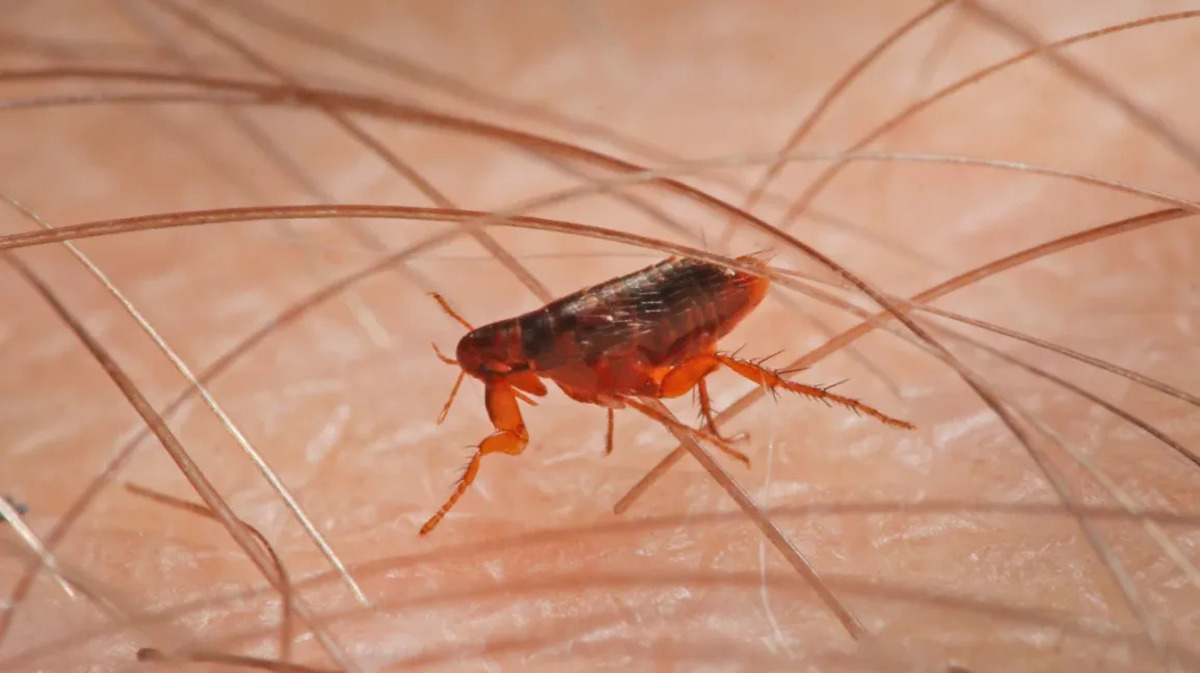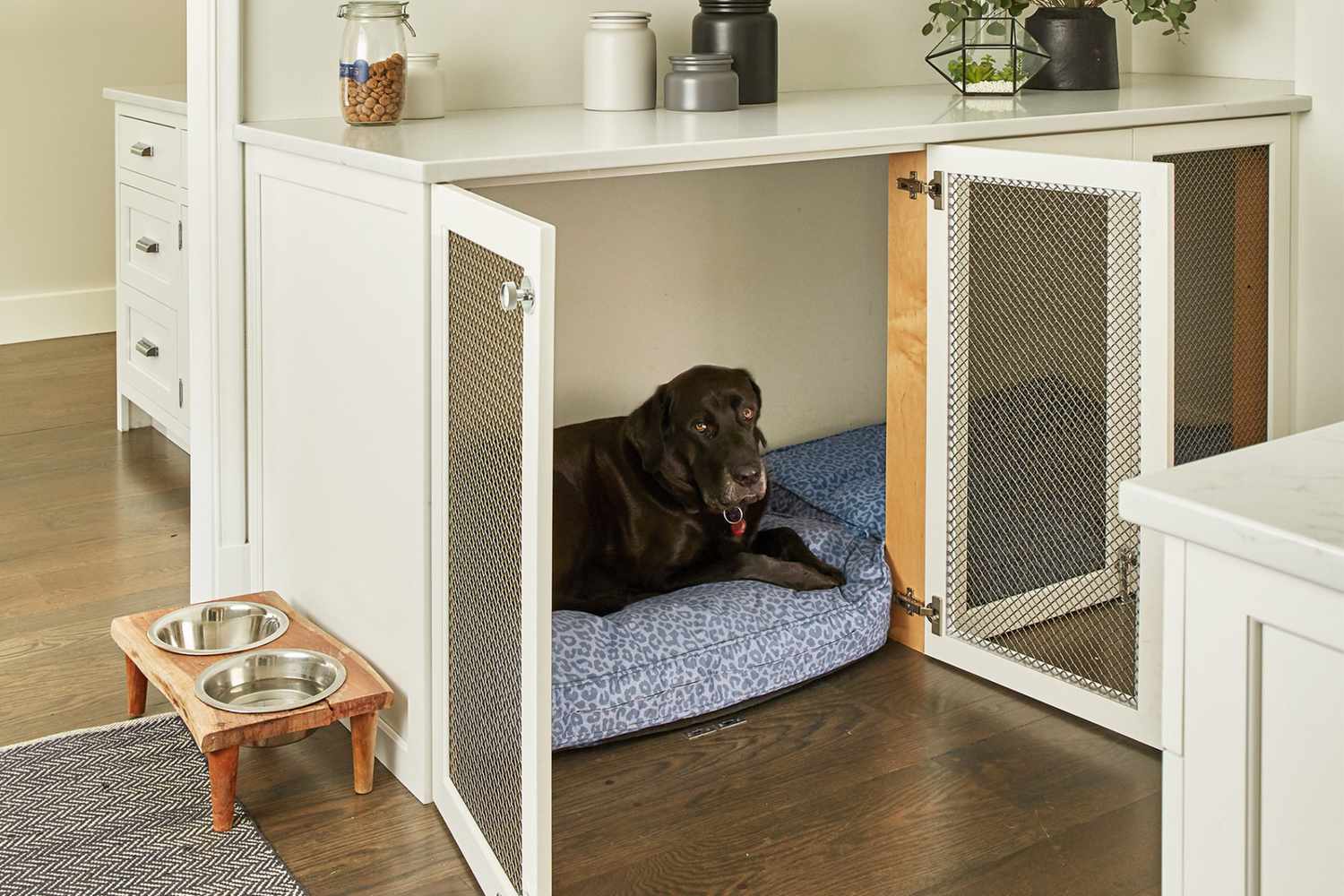Home>Health & Wellness>Common Health Issues>How To See Fleas On A Dog
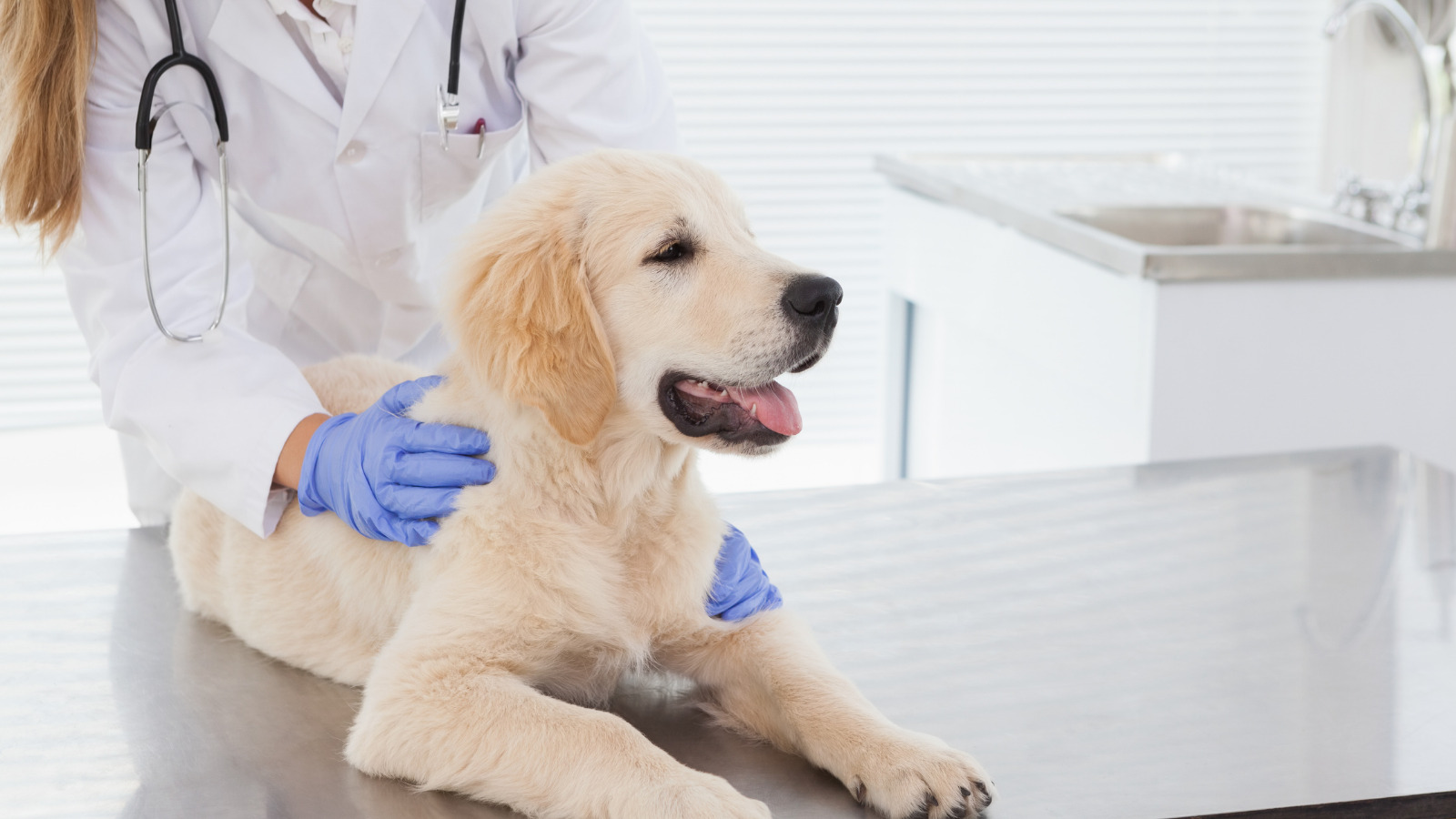

Common Health Issues
How To See Fleas On A Dog
Modified: February 21, 2024
Learn how to identify fleas on your dog and prevent common health issues. Keep your pet healthy and happy with our expert tips.
(Many of the links in this article redirect to a specific reviewed product. Your purchase of these products through affiliate links helps to generate commission for Pawsomeoldies.com, at no extra cost. Learn more)
Table of Contents
Introduction
Fleas are tiny, wingless parasites that can wreak havoc on our furry companions. These pesky critters are not only a nuisance but can also pose serious health risks to dogs. As a responsible pet owner, it's crucial to be vigilant and proactive in protecting our canine friends from these blood-sucking pests.
Understanding the signs and symptoms of a flea infestation is essential for early detection and effective treatment. By familiarizing ourselves with the telltale indicators of fleas on dogs, we can take the necessary steps to alleviate their discomfort and prevent potential health complications.
In this comprehensive guide, we will delve into the world of fleas and their impact on dogs. We'll explore the common signs of fleas on our canine companions and provide practical tips for identifying these troublesome parasites. By the end of this article, you'll be equipped with the knowledge and tools to spot fleas on your dog and take swift action to ensure their well-being. Let's embark on this enlightening journey to safeguard our beloved pets from the perils of flea infestations.
Read more: How To Be A Seeing-Eye Dog Foster
Understanding Fleas and their Impact on Dogs
Fleas are minuscule, wingless parasites that thrive by feeding on the blood of mammals, including our canine companions. These tiny troublemakers belong to the order Siphonaptera and are equipped with specialized mouthparts designed for piercing the skin and siphoning blood. While they may seem insignificant in size, their impact on dogs can be far-reaching and detrimental.
When fleas infest a dog, they can cause a range of health issues, both directly and indirectly. The most immediate concern is the discomfort and irritation they inflict upon the dog's skin. Flea bites often trigger intense itching, leading to incessant scratching, biting, and licking in affected areas. This can result in skin inflammation, redness, and the formation of small, raised lesions. In severe cases, excessive scratching may lead to hair loss and the development of hot spots, which are painful, inflamed areas of the skin.
Moreover, some dogs may exhibit an allergic reaction to flea saliva, a condition known as flea allergy dermatitis (FAD). This hypersensitivity can exacerbate the skin's response to flea bites, causing intense itching, redness, and discomfort. In addition to skin-related issues, fleas can also transmit various diseases and parasites to dogs, including tapeworms and certain blood-borne pathogens.
Furthermore, the presence of fleas can have a significant impact on a dog's overall well-being. Persistent flea infestations can lead to anemia, particularly in young, elderly, or debilitated dogs, due to the loss of blood from repeated flea feeding. Anemic dogs may exhibit weakness, lethargy, pale gums, and reduced stamina, which can severely compromise their quality of life.
In addition to the physical toll, fleas can also take a toll on a dog's mental and emotional state. The incessant itching and discomfort caused by flea infestations can lead to behavioral changes, including restlessness, irritability, and anxiety. This can affect the dog's demeanor and may strain the bond between the pet and its owner.
Understanding the impact of fleas on dogs is crucial for recognizing the significance of preventing and addressing flea infestations. By gaining insight into the potential consequences of these tiny parasites, we can prioritize proactive measures to safeguard our canine companions from the perils of flea-related health issues.
Signs of Fleas on Dogs
Identifying the signs of fleas on dogs is paramount for timely intervention and effective management of flea infestations. While these pesky parasites are adept at evading detection, several indicators can alert pet owners to the presence of fleas on their canine companions. By remaining vigilant and observant, one can recognize the following telltale signs of flea infestations in dogs:
-
Excessive Scratching and Biting: Dogs infested with fleas often exhibit heightened levels of scratching, biting, and licking, particularly in areas such as the base of the tail, abdomen, and hindquarters. The incessant scratching is a result of the discomfort caused by flea bites and can lead to skin irritation and inflammation.
-
Visible Fleas or Flea Dirt: Fleas are agile and adept at maneuvering through a dog's fur, making them challenging to spot. However, close inspection may reveal the presence of live fleas scurrying through the coat. Additionally, flea dirt, which resembles dark specks or pepper-like granules, may be noticeable on the dog's skin or fur. Flea dirt consists of flea feces and dried blood and is a clear indicator of flea activity.
-
Hair Loss and Skin Irritation: Flea infestations can lead to hair loss, particularly in areas where the dog has been excessively scratching or biting. The skin may appear red, inflamed, or develop small raised bumps due to the dog's allergic reaction to flea saliva.
-
Restlessness and Agitation: Dogs suffering from flea infestations may display signs of restlessness, agitation, or discomfort. They may exhibit behavioral changes, such as increased irritability or anxiety, as a result of the persistent itching and discomfort caused by fleas.
-
Pale Gums and Lethargy: In severe cases of flea infestations, dogs may experience anemia due to blood loss from flea feeding. Anemic dogs may exhibit pale gums, weakness, lethargy, and reduced stamina, indicating the detrimental impact of fleas on their overall health.
By recognizing these signs of fleas on dogs, pet owners can take prompt action to address flea infestations and alleviate their canine companions' discomfort. Early detection and intervention are crucial in preventing the escalation of flea-related health issues and ensuring the well-being of our beloved pets.
How to Check for Fleas on Your Dog
Checking for fleas on your dog is a proactive measure that can help detect and address flea infestations before they escalate. By conducting regular inspections, pet owners can safeguard their canine companions from the discomfort and health risks associated with fleas. Here's a detailed guide on how to effectively check for fleas on your dog:
1. Visual Inspection:
Begin by examining your dog's coat and skin for any signs of fleas. Part the fur in various areas, such as the base of the tail, abdomen, and neck, to look for live fleas or flea dirt. Flea dirt appears as dark specks or pepper-like granules and is indicative of flea activity. Pay close attention to areas where your dog tends to scratch or bite excessively.
Read more: How Hard Is It To Get A Seeing Eye Dog
2. Use a Flea Comb:
Utilize a fine-toothed flea comb to comb through your dog's fur, focusing on areas where fleas are likely to congregate. After each stroke, inspect the comb for any live fleas or flea dirt. The comb's narrow teeth can capture fleas and flea dirt, aiding in their detection.
3. Check for Flea Dirt:
To distinguish flea dirt from ordinary dirt or debris, place the collected specks on a damp paper towel. Flea dirt will dissolve into reddish-brown streaks, as it consists of dried blood excreted by fleas. This simple test can confirm the presence of flea dirt and indicate a potential flea infestation.
4. Observe Behavioral Signs:
Pay attention to your dog's behavior and grooming habits. Excessive scratching, biting, or licking, particularly in localized areas, may signal the presence of fleas. Additionally, observe any signs of restlessness, agitation, or discomfort, as these behavioral changes can be indicative of flea-related irritation.
5. Consult a Veterinarian:
If you suspect or confirm the presence of fleas on your dog, seek guidance from a veterinarian. A professional assessment can provide valuable insights and recommendations for effective flea control and treatment options tailored to your dog's specific needs.
By incorporating these methods into your routine, you can diligently check for fleas on your dog and take proactive steps to address any potential infestations. Regular monitoring and early detection are essential in safeguarding your dog's well-being and ensuring a flea-free environment for your beloved pet.
Tips for Spotting Fleas on Your Dog
Spotting fleas on your dog requires attentiveness and thorough observation. By incorporating the following tips into your routine, you can enhance your ability to detect the presence of fleas and take proactive measures to address potential infestations.
-
Regular Grooming Sessions: Schedule regular grooming sessions for your dog, including brushing and combing their coat. This not only helps in maintaining their hygiene but also provides an opportunity to inspect for any signs of fleas or flea dirt. The act of grooming allows you to closely examine your dog's skin and fur, making it easier to spot any unusual specks or movements.
-
Focus on Flea-Prone Areas: When conducting visual inspections or using a flea comb, pay particular attention to flea-prone areas such as the base of the tail, abdomen, and neck. Fleas tend to congregate in these areas, making them prime spots for detection. Additionally, check behind the ears and between the toes, as fleas may seek refuge in these less visible areas.
-
Utilize Natural Light: Opt for natural light when examining your dog for fleas. Natural sunlight can reveal subtle movements and dark specks more effectively than artificial lighting, aiding in the identification of live fleas or flea dirt.
-
White Towel Test: Place a white towel or cloth on the floor and gently brush your dog's coat while they are standing or lying on the cloth. Any dislodged flea dirt or live fleas will contrast against the white surface, making them easier to spot. This simple yet effective method can help in confirming the presence of fleas.
-
Observe Scratching Patterns: Take note of your dog's scratching patterns and behaviors. If they consistently target specific areas for scratching, it may indicate the presence of fleas in those localized regions. Persistent scratching, biting, or licking in particular areas should prompt a closer inspection for fleas.
-
Environmental Assessment: Consider the dog's environment when assessing for fleas. Regularly inspect their bedding, living areas, and frequented spaces for any signs of flea activity. Fleas can lurk in carpets, upholstery, and outdoor areas, posing a continuous threat to your dog's well-being.
By integrating these tips into your approach, you can heighten your ability to spot fleas on your dog and promptly address any potential infestations. Vigilance and proactive measures are key in ensuring a flea-free and comfortable environment for your beloved canine companion.
Conclusion
In conclusion, being able to identify the signs of fleas on dogs and effectively check for their presence is paramount for maintaining the health and well-being of our beloved canine companions. Flea infestations can lead to a myriad of health issues, ranging from skin irritation and allergic reactions to the transmission of diseases and potential anemia. By understanding the impact of fleas on dogs and recognizing the signs of infestations, pet owners can take proactive measures to address these pesky parasites and ensure a flea-free environment for their pets.
Regular visual inspections, grooming sessions, and the use of flea combs are essential practices for spotting fleas on dogs. By paying close attention to flea-prone areas and observing behavioral signs, pet owners can detect the presence of fleas early on and take swift action to address potential infestations. Additionally, consulting a veterinarian for professional guidance and tailored treatment options is crucial for effectively managing flea infestations and safeguarding the well-being of dogs.
Furthermore, integrating natural light, the white towel test, and environmental assessments into the process of spotting fleas can enhance the effectiveness of detection methods. These proactive measures enable pet owners to maintain a vigilant stance against flea infestations and create a comfortable and flea-free environment for their canine companions.
By prioritizing regular monitoring and early detection, pet owners can mitigate the risks associated with flea infestations and prevent the escalation of health issues in dogs. The well-being and comfort of our furry friends are of utmost importance, and by equipping ourselves with the knowledge and tools to spot fleas on dogs, we can uphold their health and happiness.
In essence, the ability to spot fleas on dogs empowers pet owners to take proactive steps in addressing potential infestations and ensuring a safe and enjoyable environment for their canine companions. By remaining vigilant, observant, and proactive, we can effectively safeguard our dogs from the perils of flea-related health issues and nurture a thriving bond built on care and compassion.

